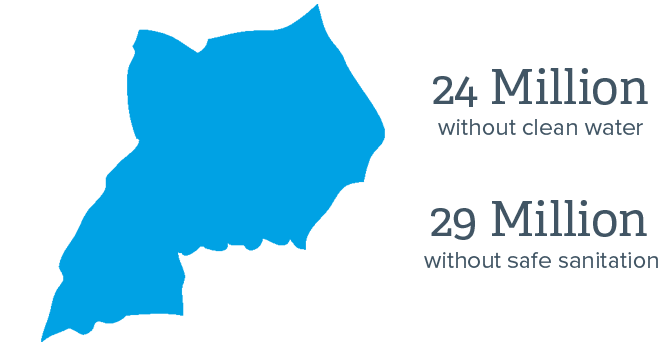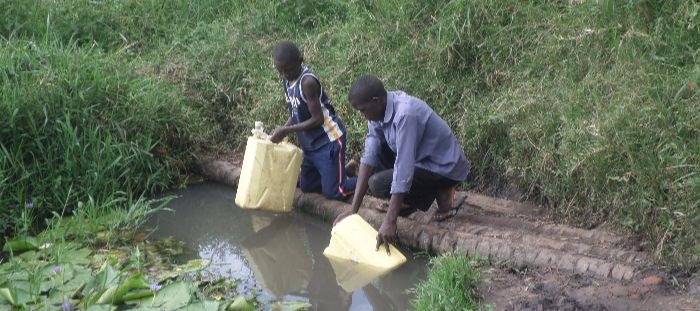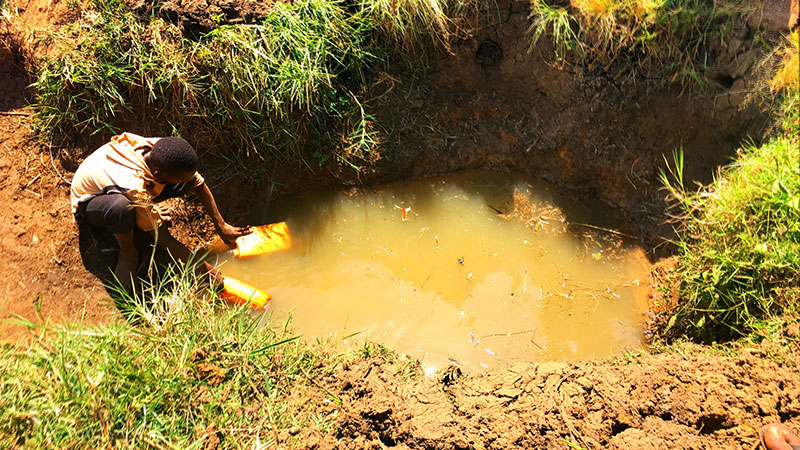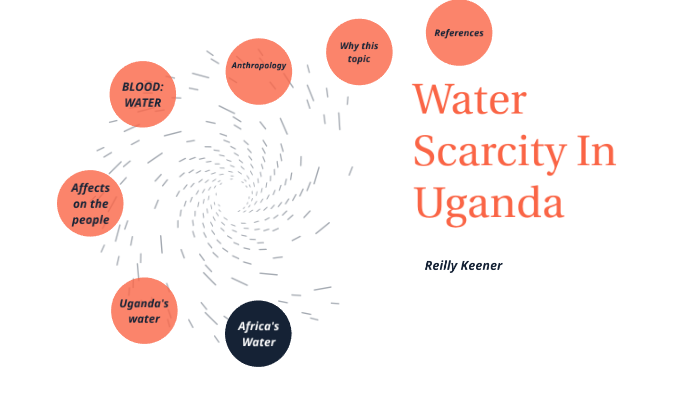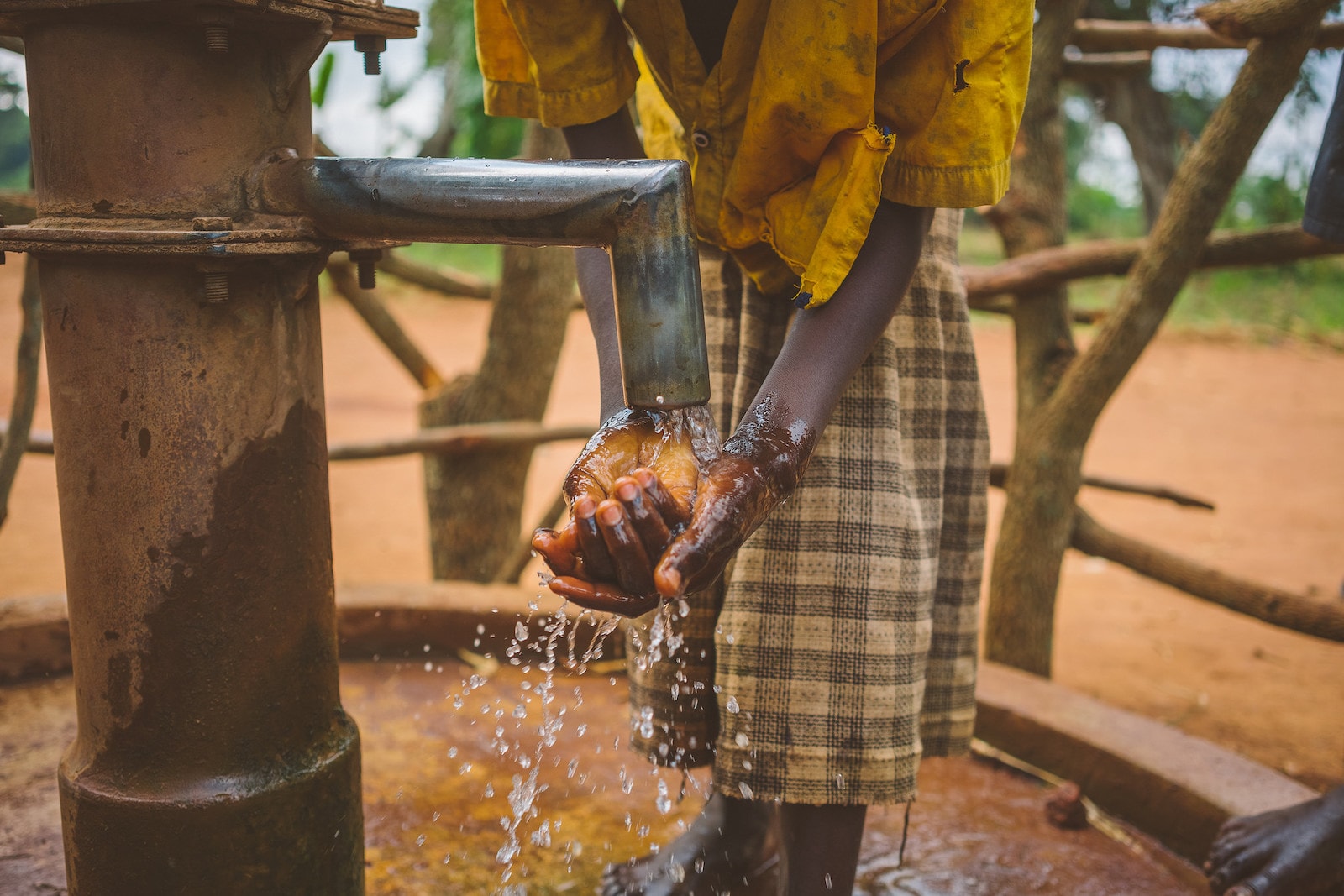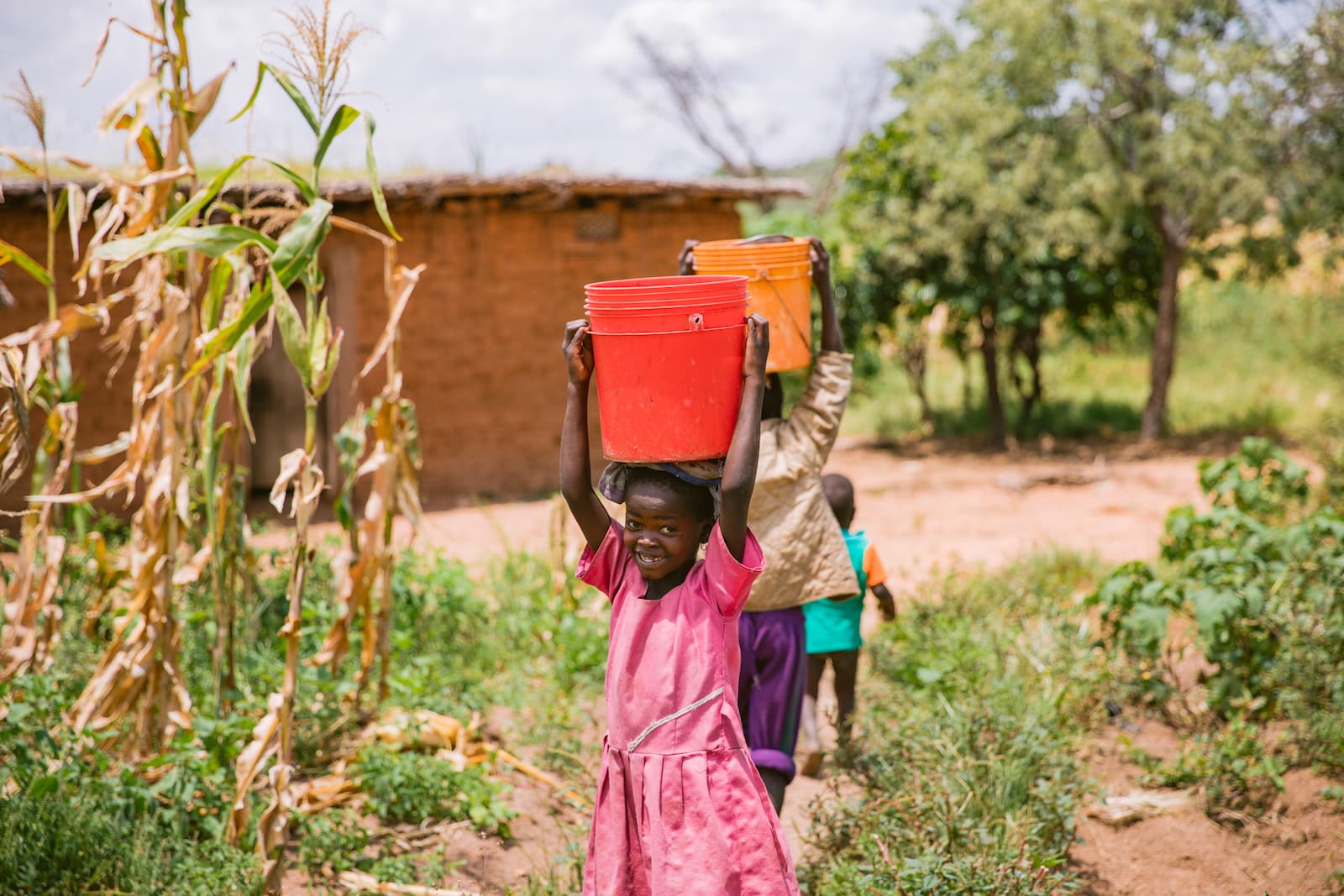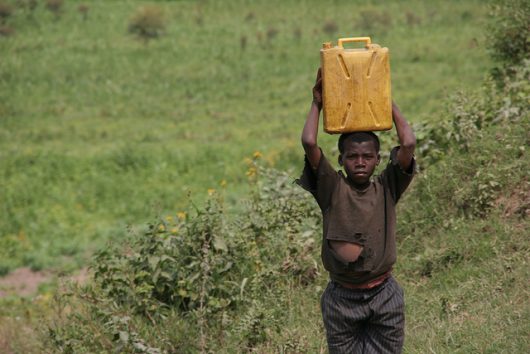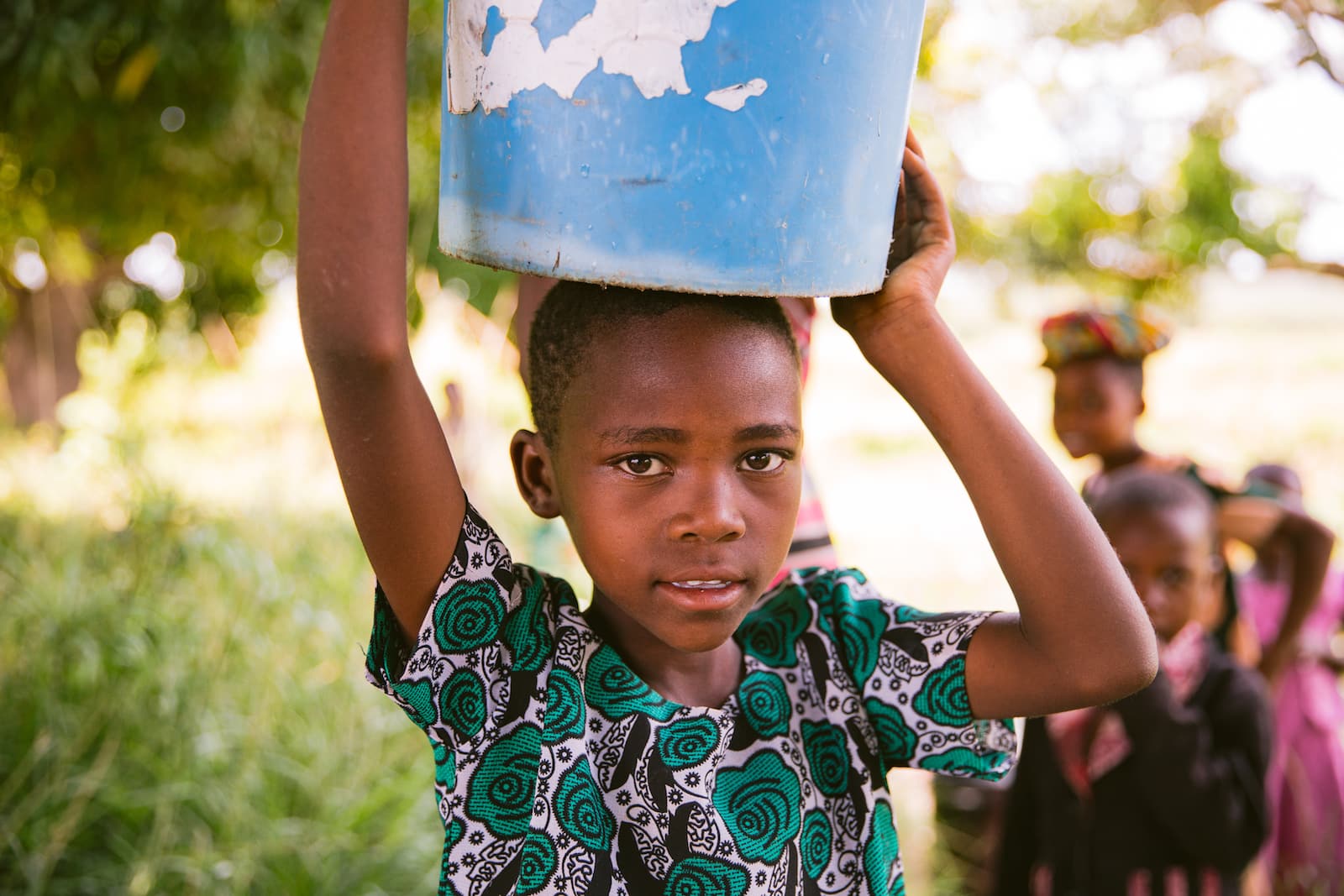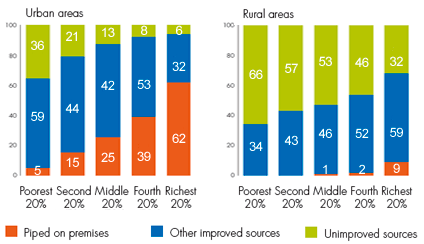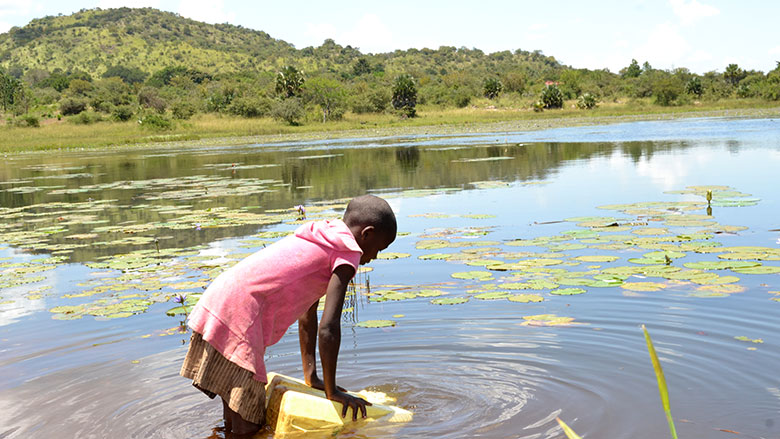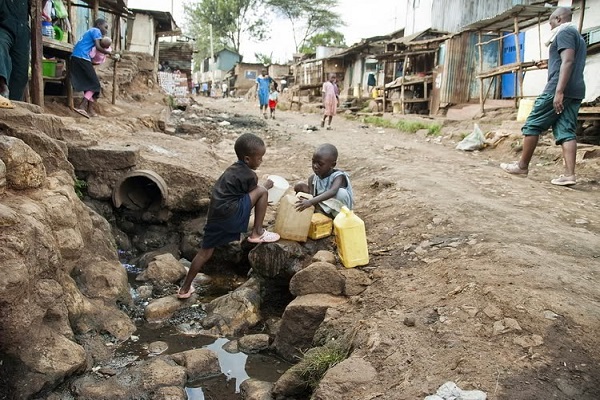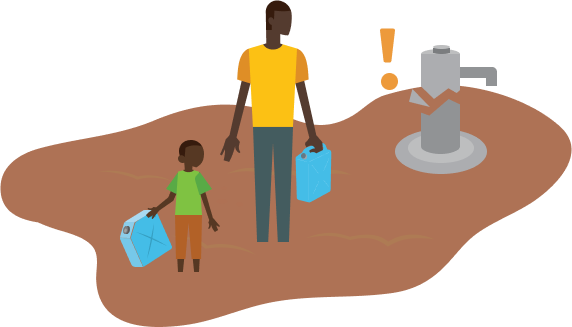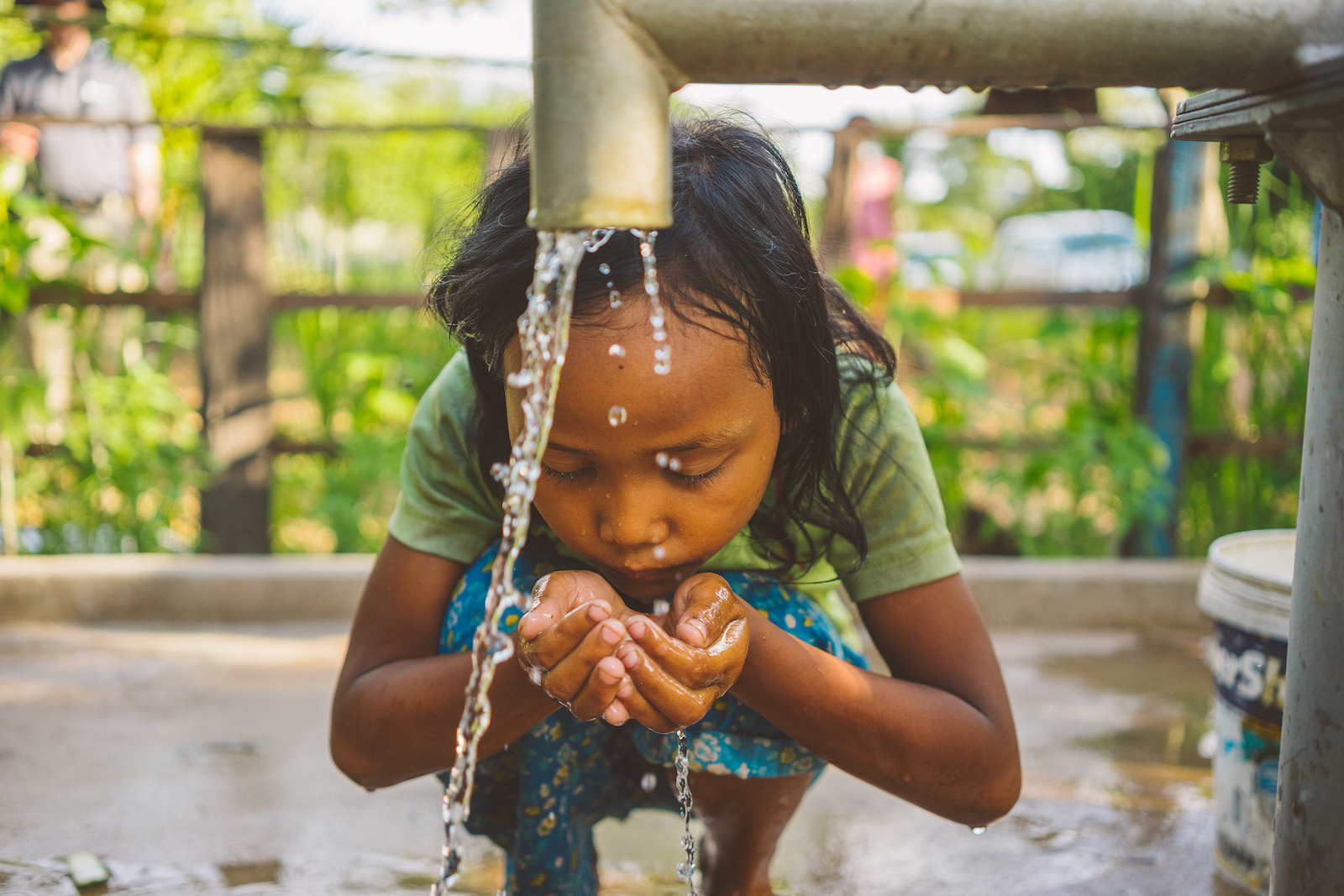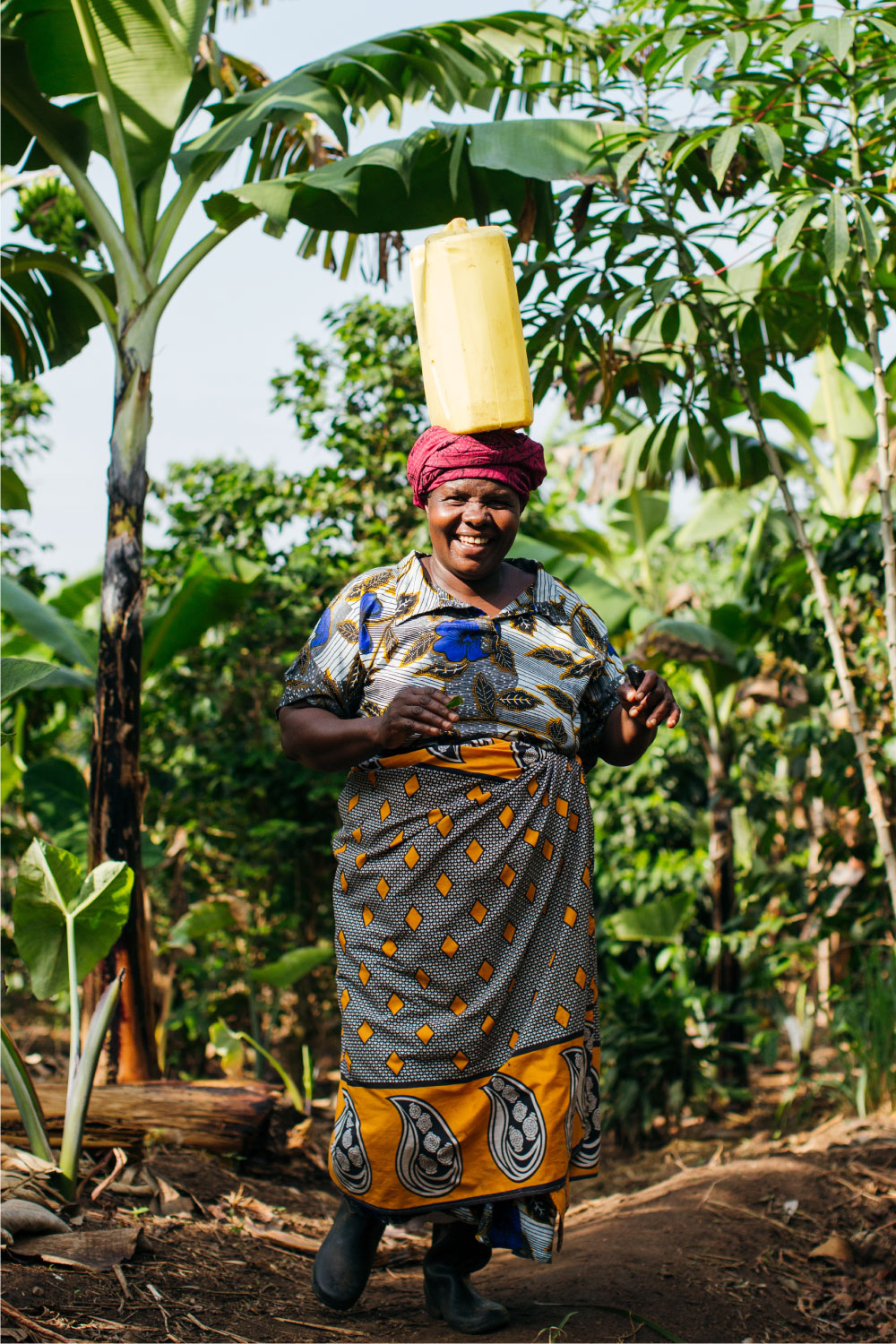Uganda Water Crisis Facts
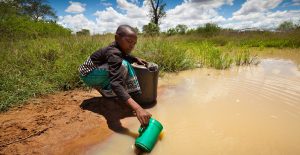
It is in these communities where we carry out our work.
Uganda water crisis facts. Uganda is a landlocked country in the east of africa. 800 million people around the world are without basic water access. There s a water crisis in uganda and it s affecting a northern ugandan village called orunyamo. Nearly 24 million people are currently living without access to clean water.
There was only dirty water available. Waterborne diseases and infant mortality are widespread. Poor sanitation worsens the problem. As there was no rain the country did not get fresh water as they used to.
As we approach the water crisis in uganda we have to raise awareness on the fact that 31 6 people out of 100 000 die from unsafe water poor sanitation and improper hygienic services. More people die from unsafe water than from all forms of violence including war. For many years the residents have been using a dirty water source for drinking cooking and washing. Download the complete water crisis fact sheet 10 water crisis facts.
Uganda s water and sanitation crisis. 40 percent of sub saharan africa is without access to clean water north africa has made great strides to provide safe clean water to its inhabitants. That s more than twice the population of the united states. 1 more than 29 million people are living without access to improved sanitation and about 2 5 million people are still practicing open defecation.
Unfortunately 8 million people in uganda are living without access to a safe source of drinking water. Here are a few interesting facts about the water crisis in africa and how you can get involved and make a difference in the lives of millions of men women and children throughout liberia. The water aid report places uganda as of 2018 on the third position among the top ten countries with the lowest access to water. It s a muddy puddle created from rain runoff and shared with local herds of cattle and goats.
The citizens of the country had no choice but to walk long distances to get whatever water they could find. High population growth stressed the water and sanitation services that exist. Uganda has experienced two decades of economic growth leading to large population movements from rural areas to informal settlements around urban centers. 51 percent of ugandans lack access to safe water and 81 percent do not have access to improved sanitation facilities.
The country has a population of 38 million which is based largely outside of the cities in small scale rural communities. Pollution and water contamination kill millions every year and the stress put on the economic sectors by urbanization and population growth has only increased the trouble in uganda. A global crisis nearly 90 percent of uganda s 35 million people live in small towns and rural areas and roughly two thirds of them lack access to safe water. 2 3 billion people or nearly 1 in 3 lack access to a toilet.
Rain is the main source of water in the uganda. Clearly the state of water in uganda is far below adequate and is wreaking havoc on the population.
